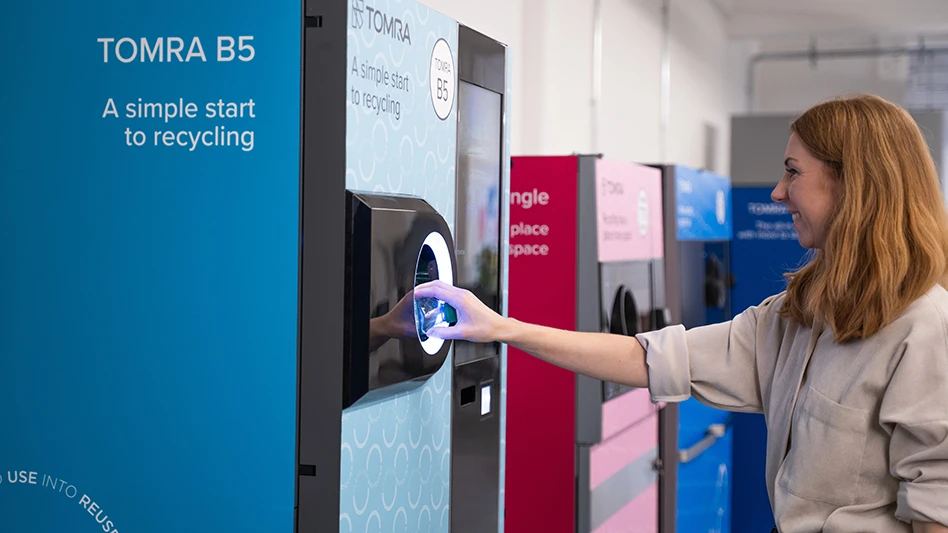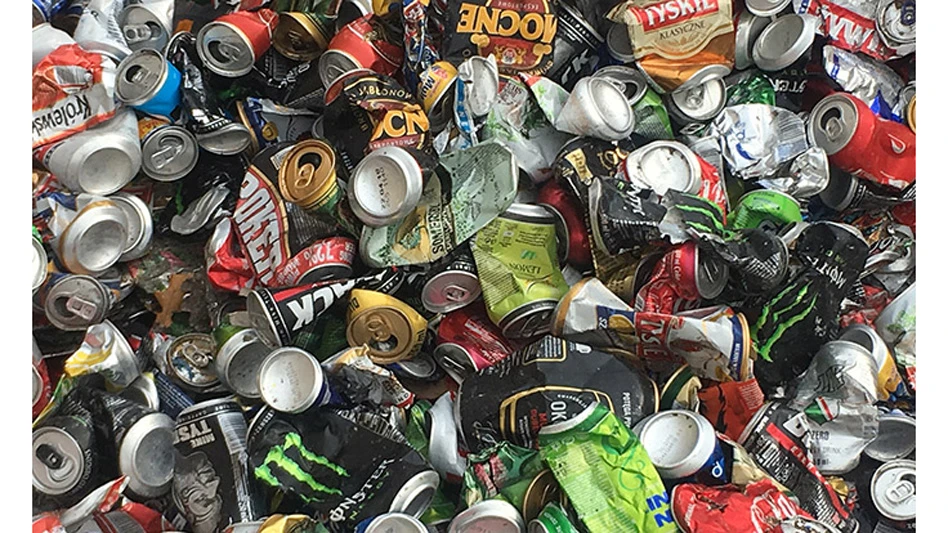As the economies in the U.S. and in Europe continue to be in the doldrums recyclers experience more pressure to increase their revenues.
The U.S. paper recovery for 2000 totaled 47.3 million tons equaling 45.8 percent recovery.
U.S. paper mill operation capacity was 86 percent during 2001. This curtailment caused domestic recovered paper consumption to decrease for the first time in 15 years. The American Forest and Paper Association predicts 3.1 percent growth in recovered paper consumption between now and 2004.
With the U.S. market being down, the next place to look is to the export markets. Leading the pack is the Asian markets, in particular, China and India.
Opportunities in China
China's imports of recovered paper have been increasing at an astounding 35 percent a year since 1995. Shipments to China increased 71 percent from 2000 to 2001; 1.9 million tons in 2000 versus 3.3 million tons in 2001. In the short-term, China is expected to be the largest recovered paper consumer in Asia. These increased China imports are a result of the modernization of China, which includes many new paper mills. China is short on virgin fiber and will continue to be dependent on imported recovered paper for raw material.
Current Issues in Supplying the China Market
As all the explosive growth occurs in China, there is an undercurrent of issues that are plaguing the long-term viability of U.S. suppliers of recovered paper. In particular, there are some serious issues in the ONP sector. During a recent conversation with Dong Xin Gong, a western international trade specialist representing several large paper mills in China, some of the key issues mentioned that threaten the U.S. position as a viable supplier to the China market include:
1. The demand for U.S. ONP supply is declining due quality and pricing issues. The quality of ONP being supplied does not support the price being demanded. The current quality of ONP arriving at the paper mills in China is not consistent. It varies significantly from shipment to shipment.
The primary quality problems are high moisture content and poor mix, i.e., the ratio of newsprint to other materials. At times, the paper is in poor condition due to high moisture content and the length of time it is aboard the ship. During the winter months, wet ONP is prevalent. The correlation between the two has not been determined at this point. It is expected that it is due to the wet climate and the environment where the sorting and baling activities take place.
Percent of content is the other big problem with ONP. Many U.S. suppliers, especially those on the East Coast, do not consistently meet the agreed upon targets. The requirements call for 80 - 90 percent newsprint and 10 - 20 percent other fibrous materials. The typical split currently is 70 percent and 30 percent respectively.
2. As far as U.S. suppliers go, there is a preference for sources from the West Coast, due to more consistent quality and better customer service when a claim is issued. Shipping times could be a factor: 30 days to China from the East Coast vs. 20 days from the West Coast. Again, there are no known facts that can prove that shipping time is a significant factor. The belief is that most of the problems were created before the bales were loaded into the containers.
3. Overall, Europe and Japan are becoming the preferred suppliers because of fewer quality issues and more favorable pricing. Some of the orders with U.S. ONP suppliers are being canceled by paper mills that Mr. Dong represents and are switching to Europe and Japan.
Their closer proximity results in lower shipping costs, giving them an advantage. Another factor is that in order to stimulate the selling of recycled materials the European and Japanese governments subsidize their suppliers.
4. Responses to claims are very slow, at best. Many times there is no response at all. Suppliers are not living up to the commitments they made in regards to handling and responding to claims.
Capturing A Share of the China Market
So, what does it take to capture a piece of the action going on in China or to get your foot in the door? It's very simple. Provide material that is consistently high in quality at a competitive price.
The word from Mr. Dong is that China paper mills are willing to pay a fair price for high quality, but will not pay higher prices for the current low quality materials being offered in the marketplace. The demand for high quality U.S. ONP is very high and will continue to increase as China's economy continues to grow.
The mills in China actually prefer U.S. ONP over that supplied by Japan and Europe. It's a better overall grade of paper. Sheet vs. sheet, the U.S. will win hands down and result in a better grade of newsprint at the output of the paper mill. But the current challenge is that it is mixed with too much other "stuff" to support what U.S. suppliers are asking for Grade 8 recovered paper.
In the final analysis, communications can go a long way in trying to retain and expand the opportunity for U.S. ONP supplier into the dynamic China market. Make sure you understand what the expectations are ahead of time and a lot of problems can be avoided. -- The author works with Jireh Resources, a company that has been working in the Chinese market for 15 years. More information on the company may be obtained by going to their web site, Jireh Resources (the site is expected to be up and running March 4.
Latest from Recycling Today
- ReMA urges open intra-North American scrap trade
- Axium awarded by regional organization
- China to introduce steel export quotas
- Thyssenkrupp idles capacity in Europe
- Phoenix Technologies closes Ohio rPET facility
- EPA selects 2 governments in Pennsylvania to receive recycling, waste grants
- NWRA Florida Chapter announces 2025 Legislative Champion Awards
- Goldman Sachs Research: Copper prices to decline in 2026





